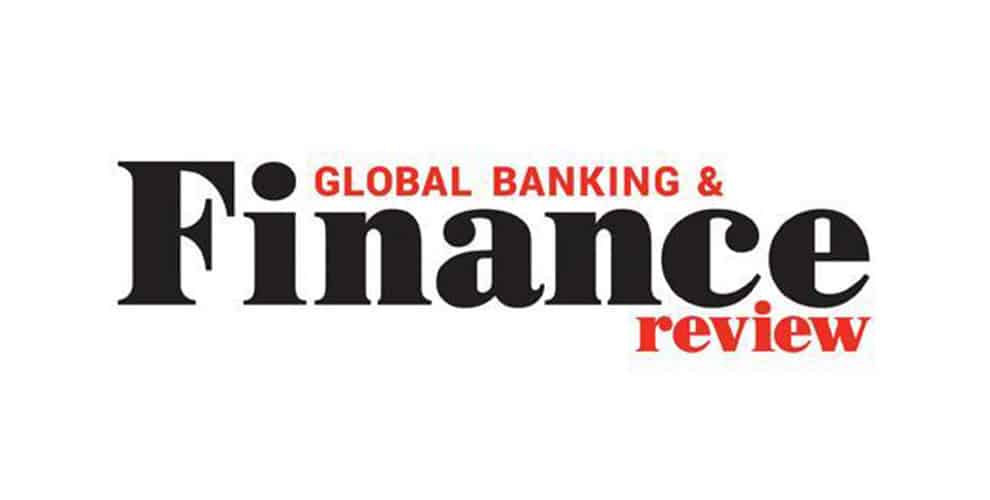Incisive Software Named Exclusive Provider of Spreadsheet Intelligence Software for the Financial Modeling World Cup
CAMPBELL, CA, UNITED STATES, March 5, 2025 — Incisive Software, a leaderin advanced data analytics and spreadsheet intelligence solutions, and the prestigious FinancialModeling World Cup


